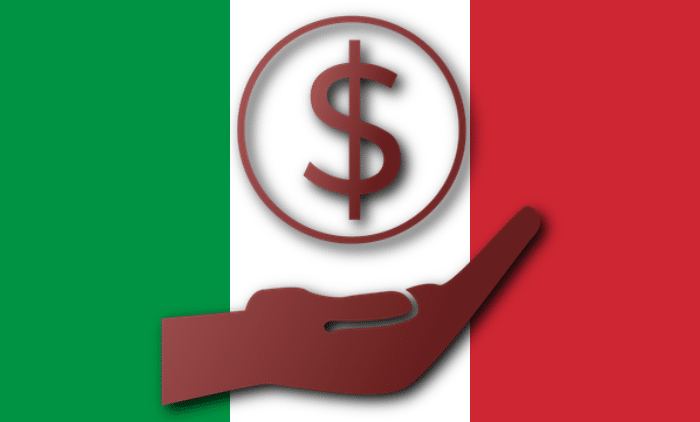ECB rates, the first cut towards June. Here because
[ad_1]
Another pause for the European Central Bank, but the first interest rate cut is getting ever closer. The goal of June, for the change of pace, is closer than ever. First, because the weakness of the euro area economy is a known phenomenon. But it is equally known that deflation is proceeding better than in other areas, as in the case of the United States. The debate within the Frankfurt board of directors was decisive and honest. Several governors, starting with Germany and the Netherlands, have underlined the urgency of providing clear data on the cuts in the cost of money. The economic slowdown is a concern, and the reversal in June, with an initial cut of 25 basis points, could help avoid a worsening of credit conditions. Then, after the summer, we will see how to make the best moves.
The horizon of the first cut is getting closer and closer. The slowdown in loans, financing and mortgages, combined with a more or less uniform contraction in industrial activity, worries Frankfurt, but above all Germany and the Netherlands, which have expressed their position in favor of a rate cut by the end of the summer if macroeconomic conditions permit. Hypothesis almost without contradiction since, barring surprises, the May data, including the Pentecost holidays, will confirm the weakness of the economic expansion of the eurozone. The forecasts of Joachim Nagel’s Bundesbank, if not contradicted, will have the power to initiate the change of cycle by the ECB.
Frankfurt moves towards rate cut before Federal Reserve. “The new information essentially confirmed his previous assessment of the medium-term inflation outlook. Inflation continued to decline, above all due to the more contained trend of food and goods”. Core inflation readings are “mostly declining, wage growth is gradually moderating and businesses are absorbing some of the increase in labor costs with their profits.” According to the ECB, financing conditions remain “restrictive and previous interest rate increases continue to impact demand, contributing to the decline in inflation”. However, “domestic price pressures are strong and keep services inflation high”.
As expected, Frankfurt explained, “there is a determination to ensure the timely return of inflation to its medium-term target of 2%”. In any case, the statement continued, “to determine the appropriate level and duration of the restriction , the Governing Council will continue to follow a data-driven approach whereby decisions are made on a case-by-case basis at each meeting, without being committed to a particular reduction path.” From the perspective of investors, an initial 25-point cut basis in June, followed by a waiting period during the July meeting, and then also including the summer break, will be crucial to determine the start of Frankfurt. If conditions allow, the next cut will be in the September meeting.
Konstantin Veit, portfolio manager at PIMCO, points out some interesting aspects. Once the ECB starts cutting rates, he says, “we expect it to proceed cautiously with conventional 25 basis point steps. During the cutting cycle, decisions are likely to remain data-driven and meeting-by-meeting, and the ECB is unlikely to commit to a particular rate path in advance.” Furthermore, he notes that “the market currently expects about 85 basis points of rate cuts this year. In our opinion, this seems reasonable and does not deviate much from our baseline forecast of three cuts for this year.”
From an operational perspective, there is a lot to do. Kevin Thozet, member of Carmignac’s Investment Committee, took stock of the topic. According to our forecasts, he underlines, the ECB should reduce interest rates in June, with a possible “jump” in July. The reliance on data means that upside inflationary risk should be integrated by the Council, given that core services inflation remains at 4%, commodity prices are rising and geopolitical risks remain elevated.” Once the summer is over, he remarks, “many things could happen, but the three-four cuts announced by the Frankfurt institute imply cuts in succession starting from September”. This context, says Thozet, “offers a favorable scenario for European credit markets. The resilience of the economy means that default rates remain low, while disinflation (or the containment of cyclical inflation) means that monetary policy can be more accommodating”. It is for this reason, he concludes, that “lower policy rates should be synonymous with reflation and therefore higher long-term bond yields, as the yield curve steepens and reflects improved future growth prospects.” ”. The meeting of investors and policymakers is for the first week of June, which will be useful for understanding how to position ourselves in the second part of the year. The evidence is that Frankfurt will not wait for Washington’s moves and will not follow its monetary policy cycle.
[ad_2]
Source link



